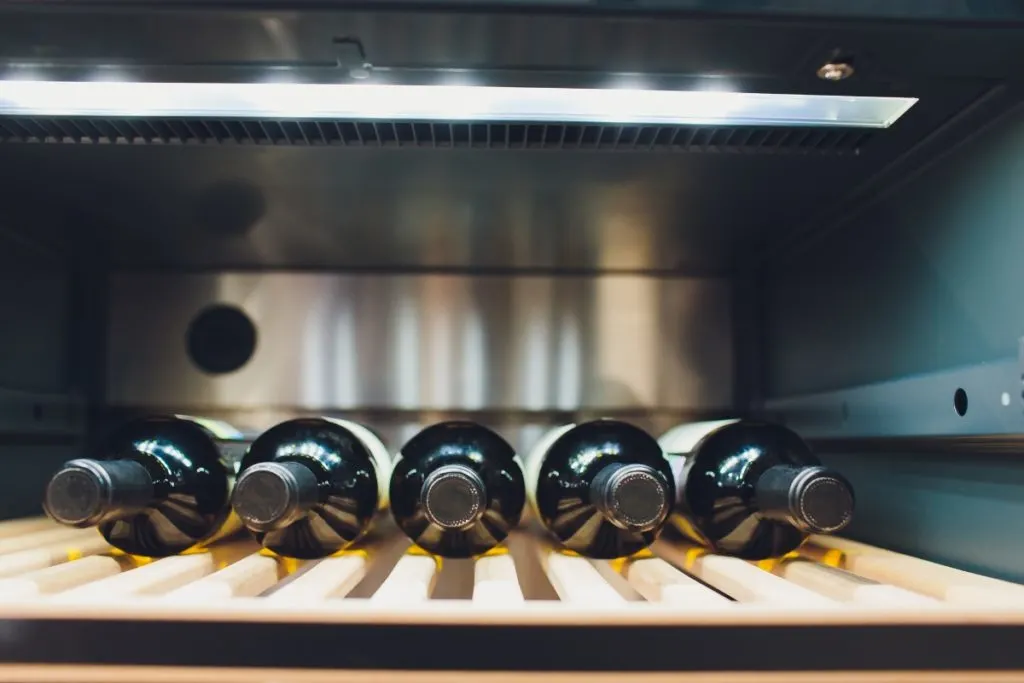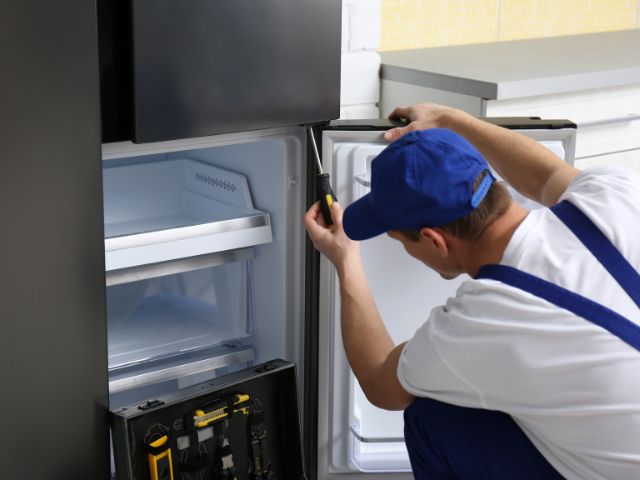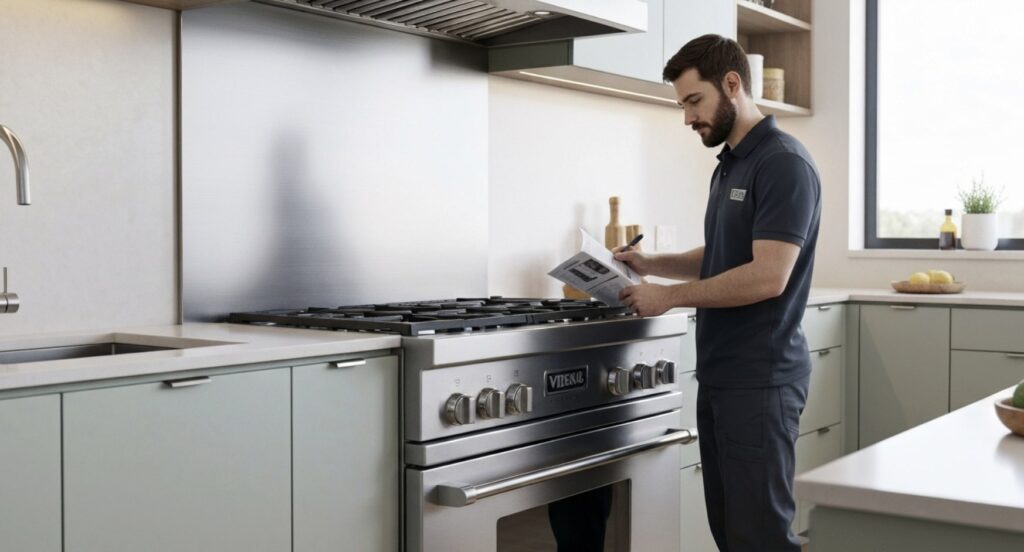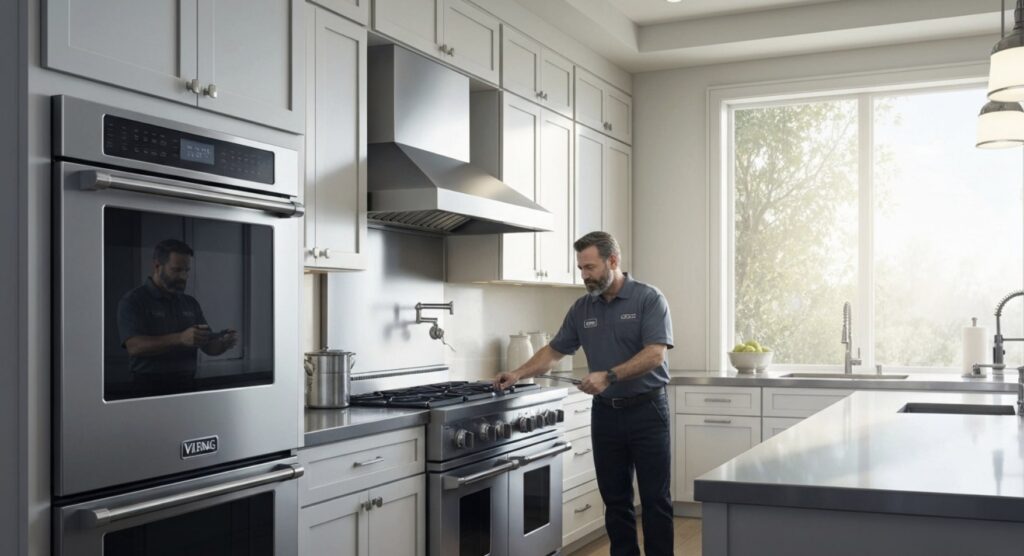St. Patrick’s Day is a time for celebration, green beer, and perhaps a chilled glass of wine. But what happens when your Viking wine cooler decides to act up just before the festivities? Fear not, as we delve into some lucky Viking wine cooler repair hacks to get your appliance back in action in time for St. Patrick’s Day.
Understanding the Common Issues with Viking Wine Coolers
When it comes to Viking wine coolers, a few common issues can disrupt your wine-chilling experience. Identifying these problem areas is the first step toward finding the right solution.
Identifying the Problem Areas
Overheating Issues
One of the most common issues with Viking wine coolers is overheating. This can lead to ineffective cooling and potential damage to your wine collection.
Cooling Malfunctions
If your wine cooler is failing to maintain the desired temperature, it could indicate a cooling malfunction. This may be caused by a variety of factors, from a faulty thermostat to a clogged condenser coil.
Electrical Problems
Electrical issues can also plague Viking wine coolers, leading to erratic performance or complete failure. These problems may stem from faulty wiring, a malfunctioning compressor, or other electrical components.
Quick DIY Fixes for Viking Wine Coolers
Before calling in the professionals, try these quick DIY fixes to troubleshoot common issues with your Viking wine cooler.
Basic Troubleshooting Steps
Start by unplugging your wine cooler and performing a basic inspection. Check for any obvious signs of damage or malfunction, such as frayed wires or loose connections.
Cleaning the Condenser Coils
Over time, dust and debris can accumulate on the condenser coils, hindering the cooler’s ability to dissipate heat effectively. Use a soft brush or vacuum attachment to gently clean the coils and improve airflow.
Checking the Thermostat
If your wine cooler is not maintaining the correct temperature, the thermostat may be to blame. Use a thermometer to verify the internal temperature and adjust the thermostat settings as needed.
Inspecting the Door Seal
A faulty door seal can allow warm air to seep into the cooler, compromising its cooling efficiency. Check the seal for any signs of wear or damage, and replace it if necessary to ensure a tight seal.
Advanced Repair Techniques
If basic troubleshooting fails to resolve the issue, you may need to resort to more advanced repair techniques to get your Viking wine cooler back in working order.
Replacing the Compressor
If your wine cooler is making unusual noises or failing to cool properly, the compressor may be at fault. Replacing the compressor can be a complex task, so it’s best left to experienced professionals.
Repairing Electrical Components
Faulty wiring or malfunctioning electrical components can cause your Viking wine cooler to malfunction. Inspect the electrical system for any signs of damage or wear, and replace any faulty components as needed.
Fixing Cooling System Leaks
Leaks in the cooling system can result in a loss of refrigerant, leading to cooling inefficiency or complete failure. Locate and repair any leaks in the system, and recharge the refrigerant to restore proper cooling performance.
Preventive Maintenance Tips for Viking Wine Coolers
To prevent future issues with your Viking wine cooler, follow these preventive maintenance tips to keep it running smoothly.
Regular Cleaning and Maintenance
Regularly clean the interior and exterior of your wine cooler to remove dust, dirt, and debris. Pay special attention to the condenser coils, fan blades, and air vents to ensure optimal airflow.
Temperature Regulation
Monitor the temperature inside your wine cooler regularly and adjust the settings as needed to maintain the desired temperature range. Avoid frequent opening and closing of the door, as this can cause temperature fluctuations.
Proper Ventilation
Ensure that your wine cooler is properly ventilated to allow for adequate airflow around the unit. Avoid placing the cooler in direct sunlight or near heat sources, as this can affect its cooling performance.
Conclusion
Don’t let a malfunctioning Viking wine cooler spoil your St. Patrick’s Day celebrations. With the right know-how and a little luck, you can troubleshoot and repair common issues to keep your wine flowing and your guests happy.
FAQs
- How do I know if my Viking wine cooler is malfunctioning?
Signs of a malfunctioning Viking wine cooler include fluctuating temperatures, unusual noises, and visible signs of damage or wear.
- Can I repair my Viking wine cooler myself?
While some minor issues can be addressed with DIY repairs, more complex problems may require professional intervention to avoid causing further damage.
- How often should I clean my wine cooler?
It’s recommended to clean your wine cooler at least once every three to six months to prevent dust and debris buildup and ensure optimal performance.
- What are some signs that my wine cooler needs a new compressor?
Signs of a faulty compressor include excessive noise, failure to cool properly, and visible signs of damage such as leaks or corrosion.
- Is it worth repairing an older Viking wine cooler, or should I invest in a new one?
The decision to repair or replace your Viking wine cooler depends on the extent of the damage, the cost of repairs, and the age of the unit. In some cases, investing in a new cooler may be more cost-effective in the long run.
Ready to enjoy a perfectly chilled glass for St. Patrick’s Day? Contact Viking Appliance Repair Pros today for expert Viking wine cooler repairs! Your celebrations deserve uninterrupted coolness. Curious about Viking wine cooler issues? Explore our previous blog, “Is Your Viking Wine Fridge Not Cooling? Solutions Here!” for additional insights and tips.







